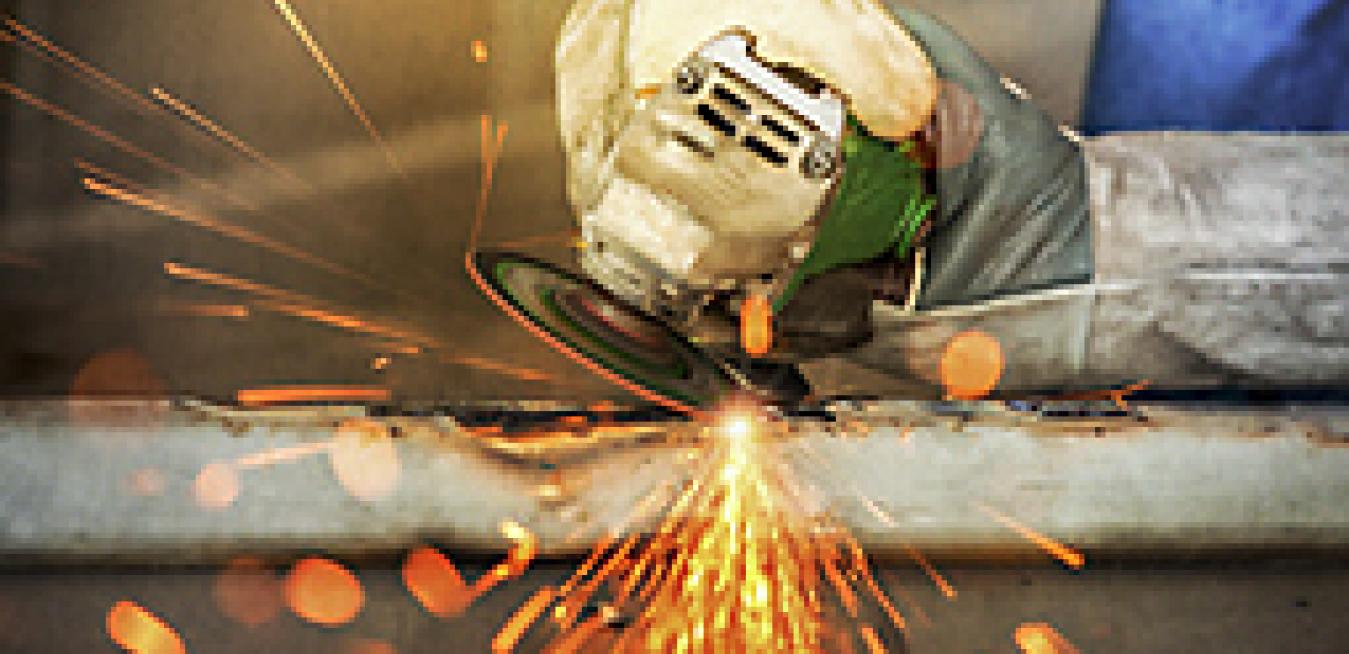Medical advances – devices, diagnostic tools, drugs, facilities, and virtually all of the basic mechanics – are improving every day. We are better at medicine, know more about medicine and have an R & D infrastructure that holds the promise of solving many, if not most, of the intractable problems associated with basic human health. We seem to be in a near-Golden Age.
But the cool factor of 3D printing sometimes obscures a movement in manufacturing that could have an even bigger impact: platforms that help us share ideas, suppliers and marketplaces. That emerging network is why I’m optimistic that 2014 marks the rise of the hardware startup.
Over the past century, new product development hinged on access to expensive machines that were generally out of reach for the individual. Thus, only companies with the cutting edge equipment could achieve new production development and innovation.
While some organizations have been slow to adopt data-driven innovations, there has been a great deal of innovation through the entire “data lifecycle,” which includes collection, storage, analysis, use and dissemination. Not all data-driven initiatives have pieces that fall into all categories, but most projects have some aspects of each category.
Collection and Storage










